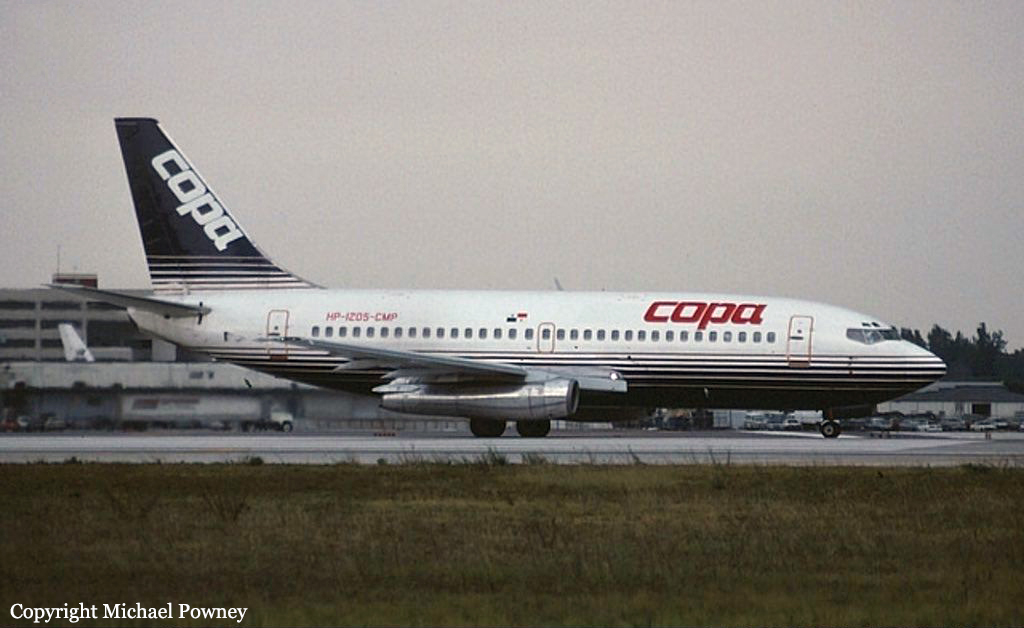Crash of a Swearingen SA226TC Metro II in Bocas del Toro
Date & Time:
May 10, 2000 at 1009 LT
Registration:
HP-1364MAM
Survivors:
Yes
MSN:
TC-324
YOM:
1980
Crew on board:
2
Crew fatalities:
Pax on board:
6
Pax fatalities:
Other fatalities:
Total fatalities:
0
Circumstances:
Upon landing at Bocas del Toro, in unclear circumstances, the aircraft went out of control and veered off runway. It lost its undercarriage and came to rest in a sugarcane field. All eight occupants escaped uninjured while the aircraft was damaged beyond repair.










